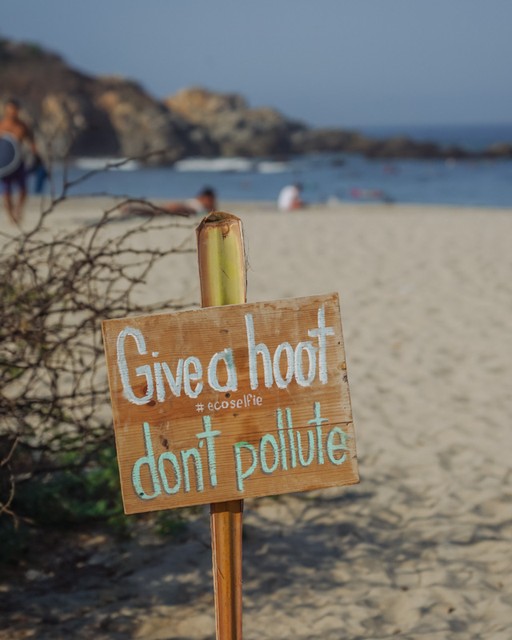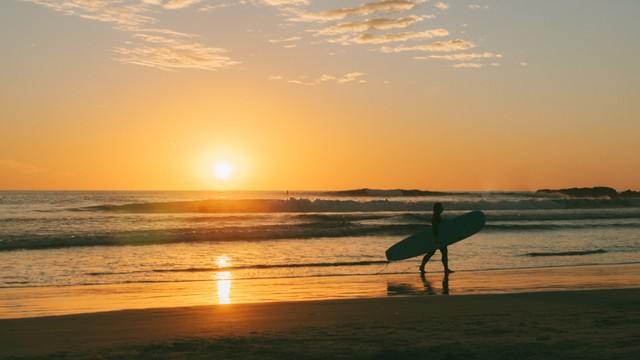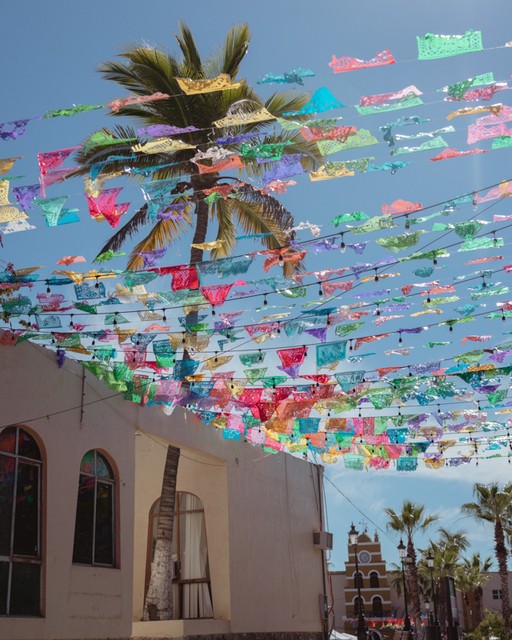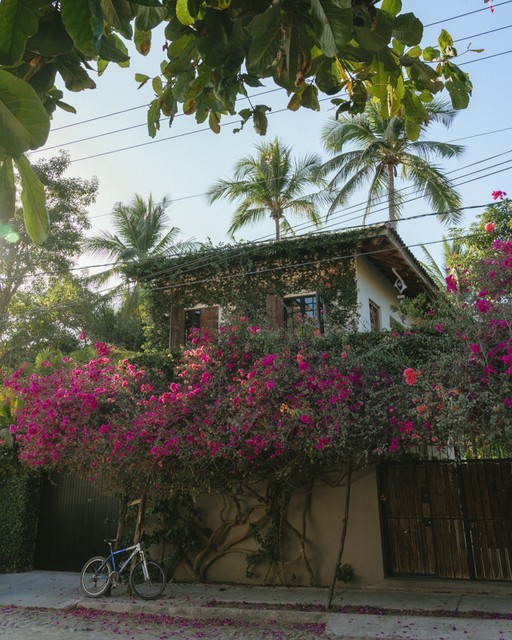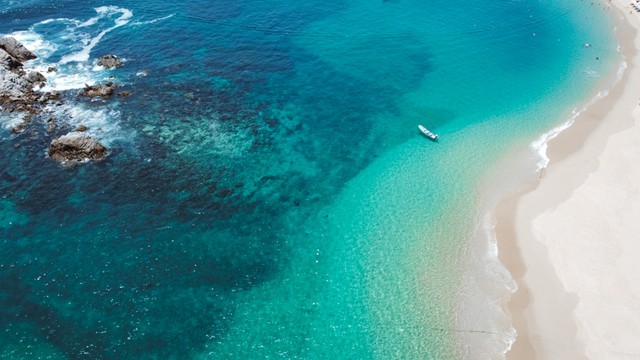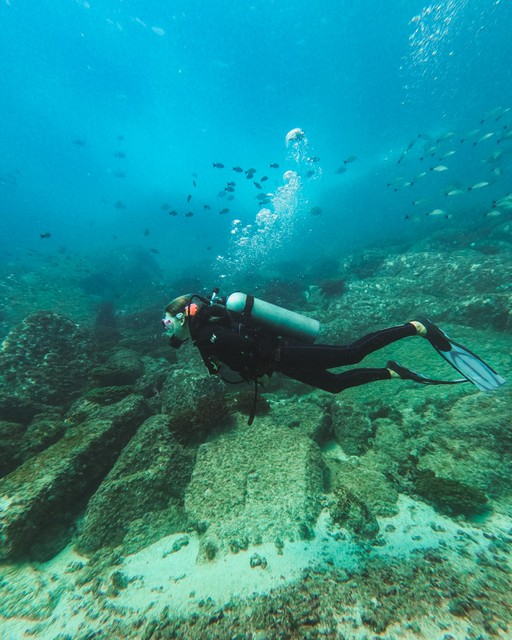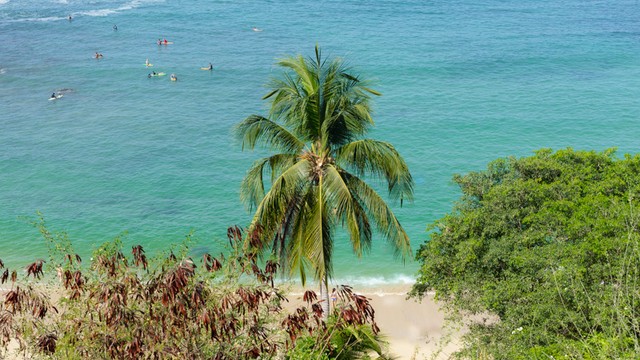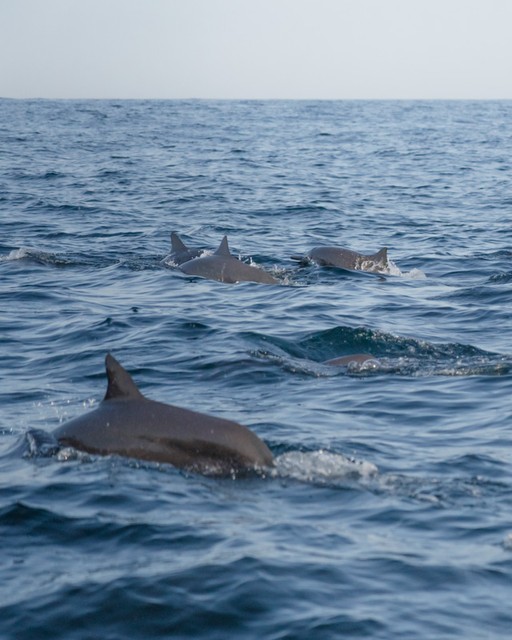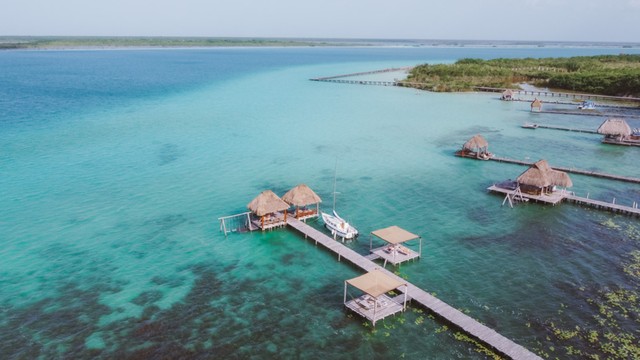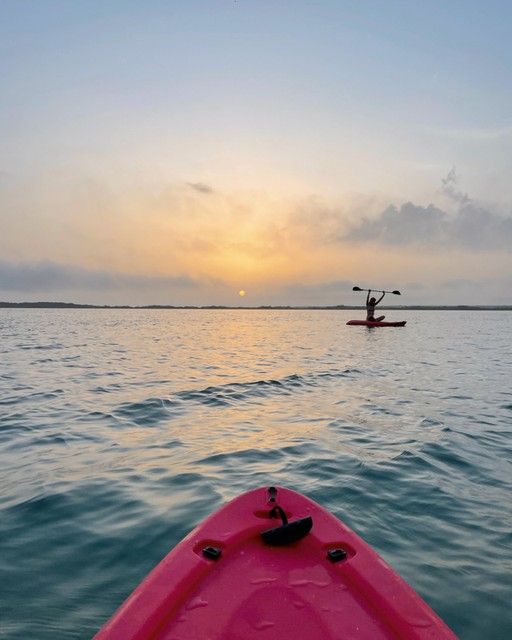Mexico has long been a popular holiday spot for those seeking some sun, sea, and sand. Warm weather, lower prices and a booming tourism industry have made the country a firm favorite for millions of travelers each year. And with over 5,000 miles of coastline, sun-seekers flock to resort cities across the country. From Cancun in the east to Puerto Vallarta and Cabo in the west, most people are familiar with Mexico’s top tourist towns. But for a greener stay, you’re better off skipping the country’s hot spots in favor of more sustainable alternatives. Here’s how to support eco tourism in Mexico.
Why Avoiding Resort Cities is the Sustainable Choice
Whilst resort cities offer an appealing drawcard to travelers, they are anything but sustainable.
Resort cities bring a whole host of environmental problems. They destroy natural areas, disturb wildlife, pollute waterways, erode beaches, and emit tons of carbon through intense resource use. Ironically, they are damaging the very environment that attracts tourists to them in the first place.
Culturally, these cities exist behind a curtain, shielding visitors from the real, authentic culture of the destination they are visiting. Local language, cuisine, currency, and culture are disguised, and some holiday-makers might spend their entire holiday without experiencing any kind of local life. Whilst many would argue resorts bring valuable income to communities, the reality is that most of this money is taken out of the local economy by international tourism corporations.
And as these cities rise in popularity with travelers, and visitors flood in by the hundreds of thousands, these issues are intensified, placing substantial pressure on the environment, society, and culture of the destination.
Eco Friendly Alternatives to Mexico’s Popular Resort Cities
Mexico’s tourism industry is a victim of its own success, and many popular resort destinations around the country are plagued by these issues. Sadly, most travelers to Mexico cluster in just a handful of resort cities around the country.
But why not consider somewhere else? Mexico’s more eco friendly destinations are just as worthy of a visit, with the same level of tourist amenities, just on a smaller scale. Often these destinations are more naturally scenic, offer a much more authentic view of Mexican culture, and are less crowded and more affordable.
And the good news is, you don’t need to get too far off the beaten track to have a more authentic, low-impact holiday in Mexico.
All the destinations recommended below still have great tourist facilities, with accommodation for all budgets, a range of both local and international restaurants and easy access via plane or comfortable long-distance bus. You can still enjoy all the luxury and comforts of a holiday, but do so in a smaller destination that is less detrimental to the unique environment, society and culture of Mexico.
Replace Cabo with Todos Santos
At the southern tip of the Baja Peninsula is the raucous resort city of Cabo San Lucas. Party central, Cabo has long been a destination for spring breakers, bachelorettes, and other rowdy revelers. Luxury all-inclusive resorts line the coast, every kind of chain store can be found in the malls around town and the restaurant scene is largely international focused. To say the least, Cabo is not an overly accurate depiction of Mexican culture.
But less than an hour north of Cabo San Lucas is the small, laidback town of Todos Santos. Declared as one of Mexico’s pueblo magicos (magic towns), Todos Santos could not be more different than chaotic Cabo. Although still a popular tourist destination with all the usual amenities, the eco friendly tourism industry in Todos Santos is much more low-key and better integrated with the local culture and community.
The centre of town is a grid of charming cobblestone streets, with historic red-brick buildings and colorful flags waving overhead. There are miles of unspoiled golden coastline prime for surfing, where turtles nest and whales splash offshore, without the disruption of noisy beach clubs and hordes of tourists. The accommodation and dining scene consists of independent, small-scale businesses, most of which have strong sustainability initiatives to support the environment and community of the area.
Swap Puerto Vallarta for San Pancho
Puerto Vallarta has long been a holiday destination for Canadian and American snowbirds chasing the sun. What was once a small beach town has developed into a sprawling resort city on the Pacific Coast in the state of Jalisco. This intense urbanisation has had major environmental consequences, with loss of biodiversity and large-scale deforestation to support an ever-growing tourism industry. Welcoming up to 5 million visitors per year, Puerto Vallarta is without a doubt one of the most popular destinations in Mexico.
Instead of cramming yourself onto a packed stretch of sand and standing shoulder to shoulder with other tourists in line for restaurants, head just a few hours north to San Pancho. Officially San Francisco, this slow-paced, hippy town is located in the neighboring state of Nayarit.
The town is host to fantastic eco-friendly accommodation options, delicious vegan restaurants, and a tight-knit community with a passion for its people and the environment. By supporting this smaller-scale tourism industry, your tourist dollars will remain in the local economy and provide benefits to residents. Plus, you can find some peace and quiet and truly enjoy the stunning beaches, jungle and landscapes Mexico’s Pacific Coast has to offer.
Skip Cancun and Head for Huatulco
Cancun is synonymous with tourism in Mexico. But less than 50 years ago, Cancun was nothing more than a jungle-covered peninsula on the Caribbean Sea. The area was specifically selected by the Mexican Government and developed from the ground up as a resort city to attract tourists and bring money into Mexico.
Cancun’s Zona Hotelera (Hotel Zone) embodies everything that is wrong with tourism. This 14-mile strip of land is jam-packed with towering resorts, glitzy malls, huge foreign entertainment venues and virtually nothing authentically Mexican. It met the original brief perfectly and has become a gringo paradise attracting millions of tourists each year.
But not all planned tourist developments end up like Cancun. Tucked away on the Oaxaca coast is Bahias de Huatulco. A collection of nine sparkling bays in the Pacific Ocean, Huatulco is another of the Mexican Government’s planned resort cities. Thankfully, the brief for developing Huatulco was a lower-impact collection of low-rise resorts spread across the different bays, with large swathes of national and marine parks in between.
In the eyes of the government, Huatulco might be considered a failure. But for tourists seeking a quieter slice of scenic beach paradise, it’s the perfect place. The dazzling blue waters are home to some of the country’s best snorkeling and diving, and boat trips to hidden bays are a popular activity.
Change Playa Del Carmen for Puerto Escondido
South of Cancun on the Riviera Maya is Playa del Carmen. Once a local Caribbean town, Playa del Carmen is now tourist central, having undergone extensive development. Mangroves and rainforest were swapped for a concrete jungle of nightclubs, hotels, and glitzy malls. These international creature comforts attract holiday-makers with the lure of familiarity away from home.
But even if you prefer your vacay spots more developed than a lone palm-fringed beach, there are better spots to choose from than Playa del Carmen. Puerto Escondido on the Oaxaca coast is a small city hosting several different beaches and neighborhoods. You can enjoy all the tourist amenities of Playa del Carmen, in a more authentic, Mexican destination that has developed around tourism, not for tourism. You will still find turtles nesting on the beaches, whales and dolphins splashing offshore, unspoiled coastline and quiet, local streets where real Mexican families live.
If you want to stay in the centre of the action with parties, restaurants, and plenty of buzz, choose Zicatela. If you prefer something a little hippier, with dirt roads and funky vegan cafes, La Punta is your spot. Or if you want a perfect mix of the two, with a laidback vibe yet easy access to amenities, Rinconada is a great choice.
Trade Tulum for Bacalar
Tulum has grown exponentially in popularity in the past decade, and the environment and infrastructure of the town can’t keep up with the hordes of visitors arriving each year. Ironically, this bohemian beach town has branded itself as an eco-friendly, spiritual haven. In reality, these so-called sustainable hotels are polluting the cenotes, using electricity from diesel generators, and clearing the jungle for further developments.
Just three hours south of Tulum is Bacalar. It might not be a beach town, but it may as well be, with its incredible Laguna de Los Siete Colores (Seven Color Lagoon). With its vibrant blue waters, Bacalar’s lagoon gives any Caribbean beach a run for its money.
Many consider Bacalar the Tulum of 20 years ago, with a sleepy, hippy vibe luring travelers in and keeping them there longer than expected. You can still find beautiful boho-style accommodation, aesthetic cafes, and funky restaurants like Tulum. But you’ll also discover affordable prices, more Mexican locals and visitors, and a stunning, preserved natural landscape in and around the lagoon.
Supporting Eco Tourism in Mexico
If you’re thinking of heading south of the border, consider skipping the popular resort cities. Sure, you might have heard more about them online, know friends and family who have visited them, or maybe you’ve even been yourself. Instead, opt for one of these smaller, more authentic and sustainable towns. Spread your money, support Mexican-owned businesses, and have a holiday with a positive impact. Chances are, you’ll enjoy yourself even more!
Post by Sally Rodrick of sustainable travel blog, Sally Sees. Follow her on Instagram at @sallysees. Inspired by this post? Check out our Escapes for more eco-friendly places to visit around the world.
